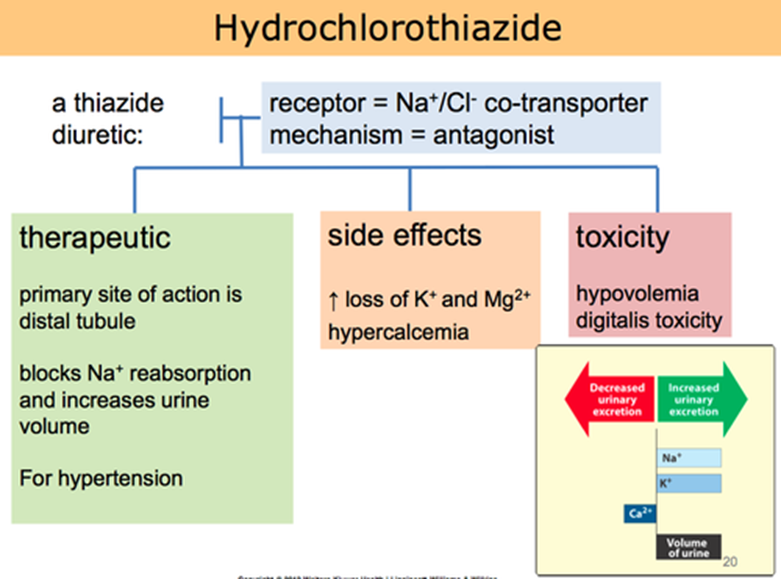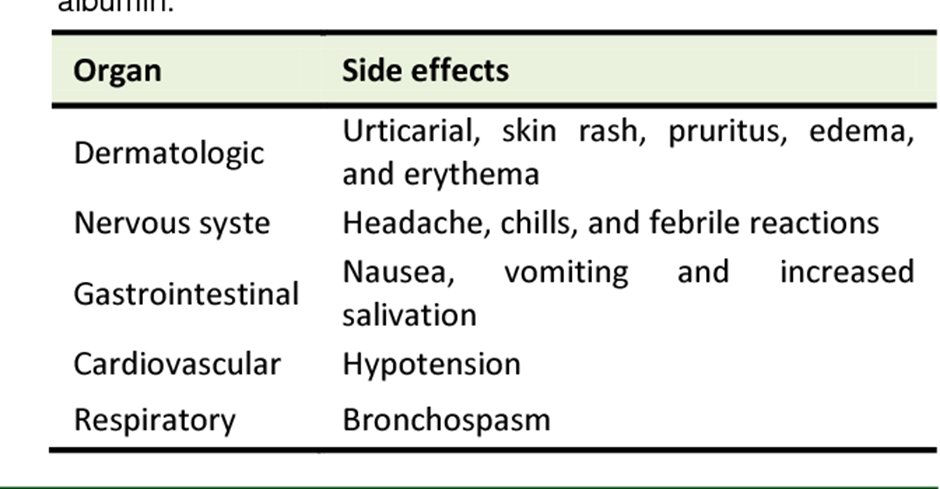A nurse is preparing to administer nitroglycerin topical ointment to a client. Which of the following actions should the nurse plan to take?
Measure the dosage of medication using the applicator paper.
Spread the medication over a 12.7 cm (5 in) area of the client's skin.
Cover the medication on the client's skin with a sterile gauze pad.
Apply the medication to the same site for three consecutive days.
The Correct Answer is B
Choice A Reason:
Using the applicator paper is appropriate for measuring the dosage accurately, but simply measuring the dosage is not the only step; the medication needs to be spread over the specified area of the skin.
Choice B Reason:
Spread the medication over a 12.7 cm (5 in) area of the client's skin. Nitroglycerin ointment is typically measured using a specific paper or measuring tape provided with the medication to ensure accurate dosing. The ointment is spread thinly and evenly over a specific measured area of the skin, usually about 12.7 cm (5 inches) in length, to maintain consistent dosing.
Choice C Reason:
Covering the medication with a sterile gauze pad is not typically done with nitroglycerin ointment. The ointment is meant to be absorbed through the skin, and covering it may interfere with its absorption.
Choice D Reason:
Nitroglycerin ointment is often applied to different sites to prevent skin irritation and tolerance from developing at one site. It's usually rotated to different clean areas of the skin to prevent skin irritation and tolerance buildup. Applying it to the same site for three consecutive days is not standard practice.
Nursing Test Bank
Naxlex Comprehensive Predictor Exams
Related Questions
Correct Answer is A
Explanation
Choice A Reason:
Hypokalemia is correct. Hydrochlorothiazide is a thiazide diuretic that promotes the excretion of sodium and water in the kidneys, leading to increased urine production. However, it can also cause the loss of potassium (hypokalemia) as a side effect. Hypokalemia can manifest with symptoms such as muscle weakness, fatigue, irregular heart rhythms, and muscle cramps.
Choice B Reason:
Hypermagnesemia is incorrect. Hydrochlorothiazide typically promotes the loss of magnesium rather than causing elevated magnesium levels.
Choice C Reason:
Hypernatremia is incorrect. Hydrochlorothiazide is more likely to cause a decrease in sodium levels (hyponatremia) rather than an increase (hypernatremia).
Choice D Reason:
Hypocalcemia is incorrect. Hydrochlorothiazide can cause increased excretion of calcium but it's not a common adverse effect compared to the loss of potassium (hypokalemia).

Correct Answer is C
Explanation
Choice A Reason:
Oxygen saturation within this range is generally considered adequate and might not directly correlate with the administration of albumin.
Choice B Reason:
Decrease in protein is incorrect. Albumin infusions are meant to supplement protein levels in the blood, so a decrease in protein wouldn't be an expected finding.
Choice C Reason:
Increase in blood pressure is correct. Albumin infusions can potentially help increase blood volume, leading to an increase in blood pressure. In shock, where there's a significant decrease in blood pressure due to reduced circulating volume, administering albumin or other intravenous fluids can help restore blood volume and consequently raise blood pressure towards a more stable range.
Choice D Reason:
PaCO2 of 30 mm Hg is incorrect. PaCO2 levels are related to respiratory function and the amount of carbon dioxide in the blood. While shock can impact various physiological parameters, a PaCO2 level of 30 mm Hg alone might not be directly tied to the administration of albumin in shock.

Whether you are a student looking to ace your exams or a practicing nurse seeking to enhance your expertise , our nursing education contents will empower you with the confidence and competence to make a difference in the lives of patients and become a respected leader in the healthcare field.
Visit Naxlex, invest in your future and unlock endless possibilities with our unparalleled nursing education contents today
Report Wrong Answer on the Current Question
Do you disagree with the answer? If yes, what is your expected answer? Explain.
Kindly be descriptive with the issue you are facing.
